Hurricane Irma Information Update
Hurricane Irma has captured the attention of the world as it plows westward as one of the strongest Atlantic hurricanes on record.
This catastrophic hurricane has begun to impact land, scoring a direct hit on the islands of Saint Martin and Anguilla in the northern Virgin Islands.
Sustained winds continue to be estimated at 185 mph, making Irma second only to Hurricane Alan in 1980, which had winds of 190 mph at one point.
These strongest winds are contained in the northern eye wall, in the part of the storm that moved over Anguilla.
Winds of 185 mph are equivalent to an EF-4 tornado where complete destruction of wood-framed buildings is likely and large objects such as cars are turned into missiles as they are thrown about.
Here is a video from Saint Martin, where the eye of Irma passed directly overhead. To get a real idea of how terrifying conditions are in Irma, make sure your sound is on as well. I am unsure how this compares to the peak conditions, but it is hard to imagine it being much worse:
Extreme conditions in St Martin currently as it’s being affected by #HurricaneIrma dangerous out there. RT: FB #Irma pic.twitter.com/AE9YbUxdrV
— WEATHER/ METEO WORLD (@StormchaserUKEU) September 6, 2017
Irma is tracking west-northwest at about 14 mph. On this track, the eye should pass north of Puerto Rico and Hispaniola today and Thursday before slamming into the southern Bahamas on Friday. Hurricane force winds (74+ mph) extend outward 50 miles from the eye of the storm.
Irma will likely maintain its strength as as category 4 or 5 storms as it moves northwest. Fluctuations in strength are likely as the storm goes through cycles typically found in extreme hurricanes.
Uncertainties Remain in United States Impact
The National Hurricane Center regularly updates its forecasts for all tropical storms and hurricanes with a 5-day projected path and cone of uncertainty.
Yesterday, the 5-day track took Irma into south Florida and it seemed that the Internet ran with that as a foregone conclusion that Florida will be hit.
While residents in south Florida are rightfully preparing and even evacuating ahead of Irma, there is still a huge amount of uncertainty to address.

On average, a day-5 forecast for a hurricane track is off by as much as 200 nautical miles. So, while the track currently takes Irma directly into south Florida, a track to the east or west of Florida is completely reasonable.
Digging in deeper, the forecast models have gotten less consistent, both with each other and from run-to-run of individual models.
The models from Sunday to Tuesday trended west towards Florida and the Gulf of Mexico, but now are shifting back east, even putting areas like Georgia, the Carolinas, or a turn out to sea back in play.
The bottom line is this: even in a normal situation, hurricane tracks are extremely difficult to predict more than a couple of days in advance. Preparation is key, as is not locking in on a single point of impact days in advance.
Anyone with travel plans this weekend from the eastern Gulf of Mexico to the Outer Banks of North Carolina should be paying close attention to Irma.
It is also very important to remember that hurricanes are large storms with significant impacts extending far from the center of the storm.
Finger Lakes Irma Forecast?
Obviously, if it is too early to say whether or not Irma will impact Florida, it is way too soon to predict any sort of impacts here in the Finger Lakes.
We can get a very rough idea of what some different potential scenarios might be by looking at the ensemble packages from certain models, especially the European model.
A model ensemble is where the same model is run many times with slightly different parameters. This gives a broad look at some of the different possibilities and is especially useful in lower confidence, long range forecasts.
Roughly 10% of the 51 European ensembles currently give some indication of an inch or more of rain from Irma reaching the Finger Lakes. Only one or two of these approach two inches.
This can of course change but has been fairly consistent so far. This tells me that, if Irma does arrive in the Finger Lakes, it will probably not cause too many problems.
Regardless, this remains an incredible storm. My prayers are with everyone in its path. Keep praying and hoping for an eastern track that takes Irma out to sea.

